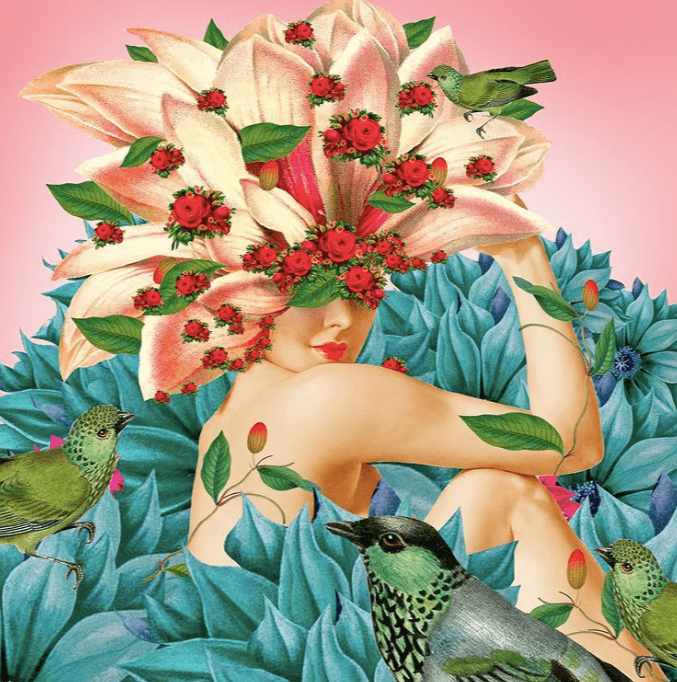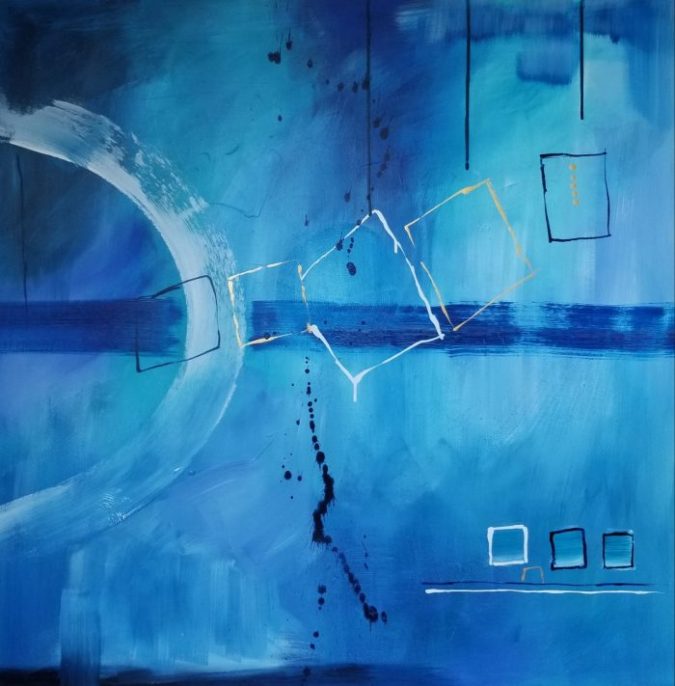The world is moving at breakneck speed, the democratization of the internet overwhelming our feeds with new products and brands while promising convenience and instant gratification. But what if this also means that “humanity is becoming the new premium”?
Branding design has been around for a long time, but the influence of storytelling, while long historically significant, has become a major priority in this modern day and age. Spending so much time online exposes us to a deluge of new information while ironically promoting feelings of disconnect, making us crave human connection. Smart branding design can tap into this need by telling an authentic story, pulling at the heartstrings, and engaging audiences more deeply than ever before.
According to Forbes, “Brand storytelling is the cohesive narrative that weaves together the facts and emotions your brand evokes. In addition to giving your customers reasons why they should buy a product or service, businesses need to start sharing the story behind their brand, why it exists, and why this matters, consistently across all communication.” If you’re invested in the success of a business, you already know that the current marketplace is more competitive than ever. To be successful, companies need a “soul”: they can no longer afford to be faceless and anonymous.
That’s where great storytelling impacts your branding design strategy. In addition to elevating a company’s desirability, storytelling can be up to 22 times more memorable than facts, a remarkable return on investment. But other than sharing company values and a quirky origin story, how can businesses tell a compelling story?
By harnessing the power of art.
With the power to transcend language and influence psychology, there’s perhaps no better tool when it comes to branding design. From triggering both neurological and chemical changes in the brain to fostering a deeper sense of connection with your company’s mission, great art can be the defining factor in making an impact and standing out from the crowd.

David Krovblit, “Flower Brain – Truth” (2022)
The science of storytelling
When we hear straightforward facts, two areas of the brain light up: the parts associated with language processing and language comprehension. But when we listen to stories, our neural activity increases fivefold. Suddenly, we’re using our motor cortexes and emotional and visual image processing centers, imagining sensations and processing our emotional reactions. This indicates that more of the brain is at work, keeping our focus on the story we’re experiencing and increasing our chances of remembering it later.
On a chemical level, hearing stories triggers the release of oxytocin, the bonding hormone. Suddenly, we feel empathy and compassion for the people involved, a fact that companies can leverage when striving to add a human component to their brand. Consumers won’t just hear your story; they’ll live it alongside you, your experiences becoming their own.
Narratives in art and their influence on branding design
The ways in which a company can lean on art to tell its story are limitless, especially with a myriad of creative styles to choose from. But how do these differing art styles create distinct narratives, and how can you implement those narratives in your branding design strategy?
Realistic works can cut right to the point, their directness spoon-feeding a deliberately crafted tale that is immediately digestible and understood. An excellent choice if your company has a specific message to communicate, they feel right at home when used by heritage brands with a concrete tradition and history.
Abstract art allows for a touch of interpretation, inviting consumers to project their own experiences and coexist with the brand. Often leaning into the power of color, abstracts can influence our physical and psychological states, with red increasing heart rates and blue inducing a sense of calm. For example, Companies focusing on wellness might consider using soothing abstracts in their branding design, creating a subtle narrative about feeling your best and investing in a more comfortable future.
Pop art is edgy, playful, and fun, lending a modern sensibility to branding design. Companies that hope to attract a more youthful audience or establish a hip aesthetic can use it to energize their brands and tell a story that’s, remarkably, both familiar and aspirational. It has a unique ability to feel new, exclusive, and over the top—in the very best way.
Brands that aspire to create an earthy, wholesome identity might turn to environmental art, which looks towards sustainable materials and methods to create striking new works. Here, your narrative is able to spark impactful conversations outside of your brand, inviting consumers to participate in a story about committing to a more environmentally friendly lifestyle and signaling personal values.
If your branding design strategy needs a little invigorating, look inward and consider what makes your company story unique. How can art’s inherent narrative ability bring it to the next level? Be strategic and calculating in your curatorial choices; above all, remember to be authentic. As much as art has the potential to expand your audience and encourage brand loyalty, bad or inauthentic choices can create a narrative that alienates and turns people off.
Smart branding design strategies unite all channels
Investing in an aesthetic is a wise business move, but how can you successfully integrate it into your business? Compelling storytelling is, above all, consistent, which means that your branding design needs to be uniform across all channels. If a customer can see it, it must retain a visual quality that is still distinctly “yours.”
Thoughtful curations have an underlying intention that unites them as a whole, be it a certain color, emotional sensibility, energy, or “vibe.” Selecting your artwork sets the tone for your branding design strategy, so how can you make sure it’s properly implemented?
Think about every touchpoint that consumers have with your brand. Everything from your social media presence to the bags that bring your new purchases home are terrific opportunities to communicate your brand and reinforce customer loyalty.
While you can always license artwork for reproduction (in layman’s terms, acquire the rights so you can legally reprint an original design for advertising purposes), there are other ways to make sure your branding design is on point. Sticking with a distinct color palette can allow a little visual flexibility while keeping your business identifiable and even the font you choose can be in dialogue with the art you select.

Monique Johanne Dufour, “There’s More to the Story” (2022)
Amplifying Brand Narratives in Public Spaces
Did you know that branding design can extend beyond four walls? If you want to share your company story on a bigger scale, a large-scale mural in a consumer-facing space might be an excellent choice.
Literally transforming your business into a work of art, murals are a popular way to beautify public spaces and connect with the community, all while subtly promoting your business. Serving as an immersive and interactive touchpoint, large-scale works also serve as a tool to weave your brand’s story into the fabric of the community. How do your company values affect your neighbors? How do you contribute and offer support? What unique role do you play? And how do you celebrate what makes your community unique? Great branding design is about forming connections, and by situating art in a place where it can engage the broader public, you can effectively extend your story far beyond traditional marketing materials while becoming a literal landmark.
Most business owners understand the importance of branding, and more and more understand how powerful investing in art can be. But branding design extends far beyond trendy aesthetics: it transforms into a compelling narrative that captivates and grabs our attention. The art of storytelling is ancient, and our brains still light up, quite literally, when we listen to stories (perhaps a remarkable feat in an age where we’re constantly bombarded with information). Let great art elevate your company’s narrative and bring your branding design to the next level.
